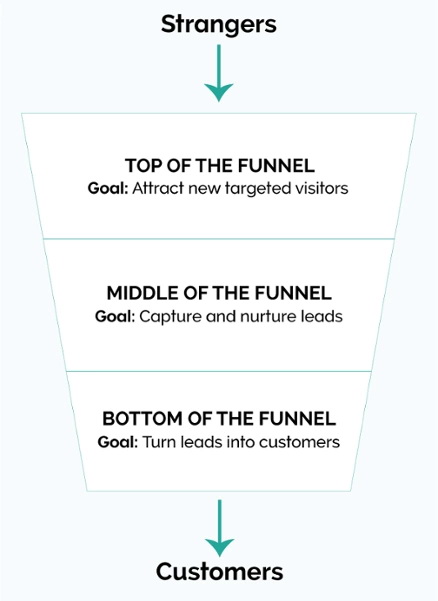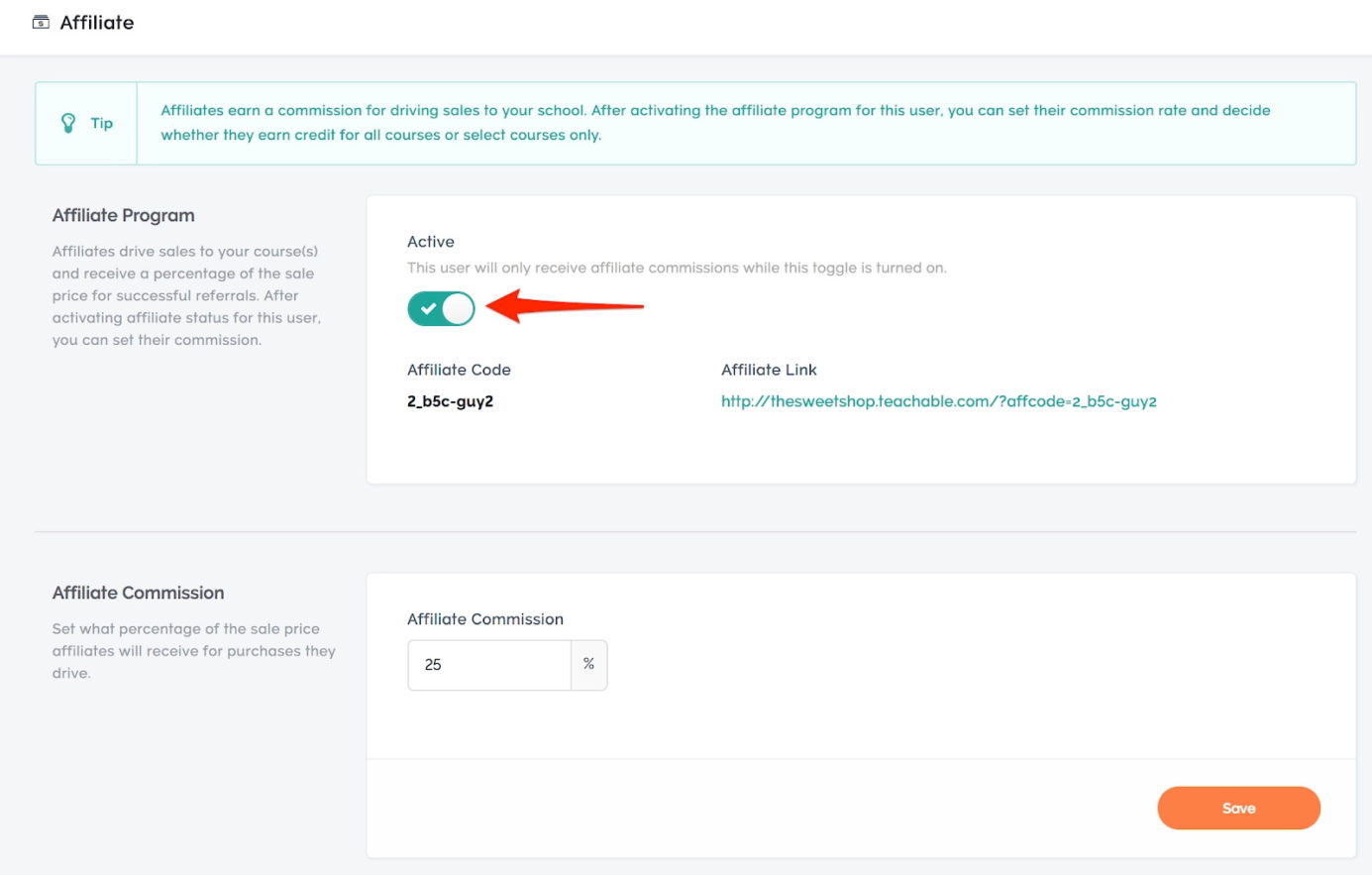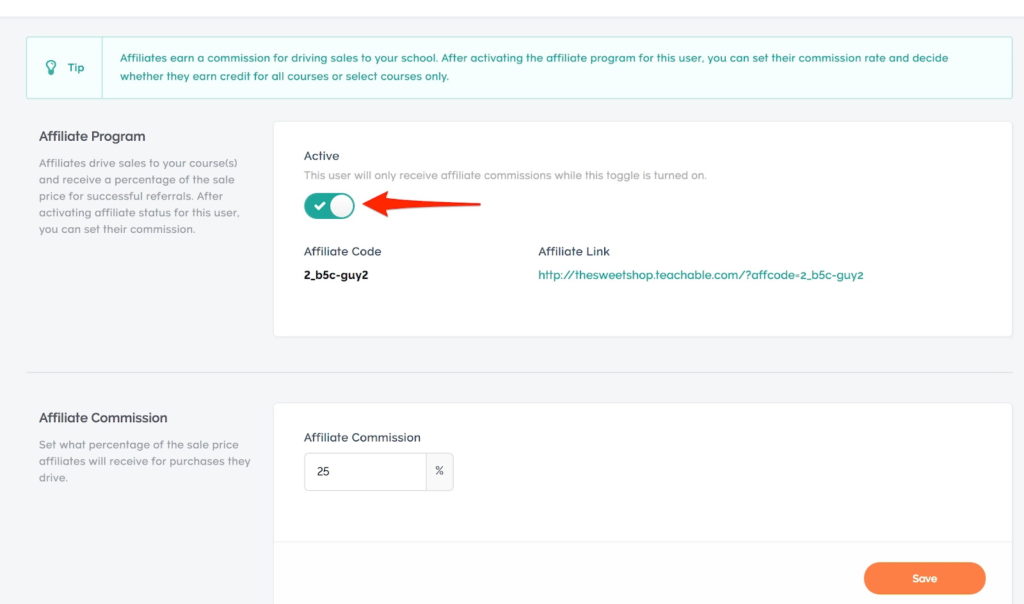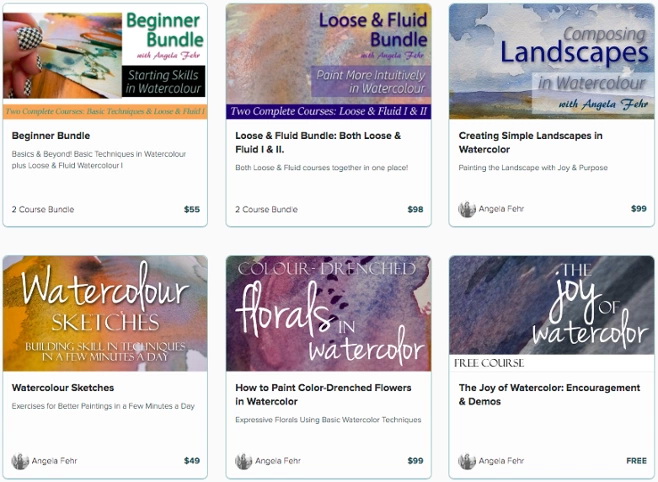How to scale your online business


For most people who have an online business, somewhere deep down we all hope that one day it’ll be self-sufficient, thriving, and generating more than enough income to comfortably live off of. But when you’re a solopreneur juggling your 9-5, social life, and self-care, scaling your online business can sound like a “some day” type of thing.
Luckily, you can scale your business without having to bury yourself in hours of additional work every day because who has the time? By utilizing content you’ve already created and working smarter, you can scale your business and earn more all while saving time.
What this post will cover
-
What it means to scale your online business
-
Scaling strategies that won’t take hours of effort
-
Repurposing content you’ve already created to scale your business
-
Delegating the growth of your online business
What it means to scale your online business
Scaling your online business sounds great, right? But what exactly does that mean? To put it simply, scaling your business means increasing your revenue without a correlating increase in cost. This cost can be financial, or the cost of your time. (Because time is money, amirite?) To successfully scale your business, you’ll likely have to invest something into seeing that growth, but the goal is to get back way more than you put in.
For example, if you’re making $1,000 a month and devoting 20 hours to your business, your scaling goal could be to make $2,000 a month while devoting 25 hours to your business. Your doubling income without doubling the cost.
Scaling strategies that save you time
A lot of scaling strategies involve you really devoting a ton of time to growth, which is great but impractical for a lot of us. Instead, we need to opt for scaling strategies that can increase our revenue without eating up all of our free time.
Increase your prices


The simplest, most passive way to scale your business is to charge more for what you’re selling. This way you’re earning more per sale without having to devote any extra time to marketing. A lot of people worry that if they raise their prices, their sales will go down. We’ve found that while people might get a few less sales, they make up for it in increased income. The line isn’t linear.
To break it down, if you’re getting 10 people a month paying you 100 dollars, you make $1,000 that month. But if you can 7 people a month to pay you 200 dollars you’ll make $1,400. So even if you’re getting fewer customers but you’re also earning a higher income.
We also find that customers who pay premium pricing are less likely to be difficult. The lower your cost, the lower the barrier to entry is to access your product. People are more likely to buy it even if they’re not your target audience and the product isn’t meant for them. That means you’ve got more unsatisfied customers and you’re spending time responding to their emails.
For more on pricing your online course, check out this blog post.
Create a sales funnel
We find that a lot of beginner course creators and online entrepreneurs fly by the seat of their pants when it comes to selling. They spend hours every day actively promoting their product, and they are practically glued to their computers during launch.


In an effective sales funnel, your goal is to get people from the top of the funnel to the bottom in an automated, passive way.
Building a funnel and making sales passively will save you time and a huge headache. Here’s a basic formula for creating a sales funnel.
-
Create a lead magnet
-
Promote that lead magnet on your website and use SEO optimization to help it rank
-
Promote your lead magnet on evergreen sites like Quora so people can find it months down the road
-
Set up an automated email sequence that goes out to people who sign up for your lead magnet promoting your course or other products
Seems simple enough, right? Here’s a more in-depth, step-by-step guide to creating your marketing funnel.
Create an affiliate program
In short, affiliates are people who promote your online products for you and take a cut of every sale they make. The idea of giving affiliates commission tends to give a lot of people pause, but the truth is, the majority of sales you make via affiliates, you wouldn’t have made otherwise.
The goal is to reach audiences that are slightly outside of the audience you’ve already grown yourself and accomplish two things:
-
Sell to those audiences
-
Convert those audiences to follow you
If you can sell to someone else’s audience, and these new customers love your product, then you’re likely to have a new follower and life long customer.
Another benefit of creating an affiliate program, is eventually it’ll feel like your products are selling themselves. If you’ve got a dedicated team of affiliates, once you launch your products, you can leave it up to your affiliates to rake in sales.


Here’s more about Teachable’s affiliate program.
Embark on a joint venture
Piggy-backing off of the last point, it will always be incredibly valuable to sell to somebody else’s audience. One way to access a new audience is through a joint venture partnership.
In short, joint ventures are when you team up with somebody else in your field and host an event like a webinar and require people to sign up using their email addresses. Now, this option takes a little bit more time, but the increased audience size will be worth it.
At the end of the event, both you and your partner get access to the email list created by the event, and you’ll both walk away with an expanded audience.
The key here is to keep that new list of potential customers warm. We talked about sales funnel earlier, and if you’ve got a funnel in place you can start selling to them off the bat without having to spend any extra time.
Here are 8 ways to grow your business with a joint venture.
How to utilize content you’ve already created to scale your business
Create mini courses based on your main offering
One way to scale your business that I didn’t mention earlier, is by creating more products in a range of accessibility.
If you’ve only got one signature product right now, you might be missing out on an entire market of customers who would love to buy from you, but can’t afford your entire program.
You can take the first module or two of your signature course, and offer it as a mini or introductory course. You’d offer it at a lower price point, and promote it as a way for your students to get started in your field or get their foot in the door with whatever you’re teaching.
On this same line of thinking, you can group your main course into five or six different sections, and your audience can buy specific modules or lessons. This works depending on what they already know and what they’re hoping to learn.
A great example of an online course creator selling at a variety of prices (to reach as many audiences as possible!) is Angela Fehr.


Looking to scale your online business? A mini course is a perfect way to get started. We have a free “mini course creation checklist” so you don’t miss a beat.
Create free (or paid!) downloads based on of blog posts you’ve created
When creating a lot of content you can repurpose blog posts into downloadable, ebooks, and guides.
It’s as simple as taking your text and images, and inputting them into a program like InDesign. Then offering it as a freebie on your site to build your email list or sell them for cheap.
You see, it might not seem like it’d be worth the effort to sell a product for just $8 or $10, but there’s a psychological trigger you tip in someone when they buy from you. Once they’ve bought once, they’ll be more likely to buy again in the future because of established trust.
It’s a lot easier to get someone to part with $10 than it is $800 on their first purchase from you, too.
Delegate the growth of your online business
There comes a time in every entrepreneur’s career that they find that they are no longer able to realistically do everything themselves. And that’s a good thing! Rather than feeling overwhelmed or stressed, take that realization and begin to delegate.
Depending on where you are in your business, that could mean hiring an assistant or hiring freelancers to help with specific tasks. You can find freelancers on sites like Fiverr and UpWork.
The key here is to define these parts of your business:
-
The things that only you could do
-
The things that anyone could do with the right guidance
Let’s dive in. The things that only you could do, for example, would be to sit down in front of a camera and give your unique expertise. From there you can outsource the editing and production. Or something only you could do is come up with the concepts for your blog posts. From there, though, you could create outlines and hire ghostwriters to flesh them out for you.
There are parts of your business that you’ll be the best at, but there are going to be other parts of your business that someone could potentially do better than you.
Morgan’s thoughts
Here is an example from our writer Morgan Timm: “As a blogger, I spend a lot of time writing, but I also need accompanying imagery. More often than not, I’ll hire out and pay a photographer to help me if I need custom photography, otherwise, I’ll go onto creative market and see if I can buy stock images.
Sure, I could do the photography myself, but it wouldn’t be as good as a professional’s, and I’d waste a lot of time that could otherwise be spent doing the things that I’m actually good at and that I actually enjoy.”
What are your goals for scaling your business? And what ways do you plan to get there?
